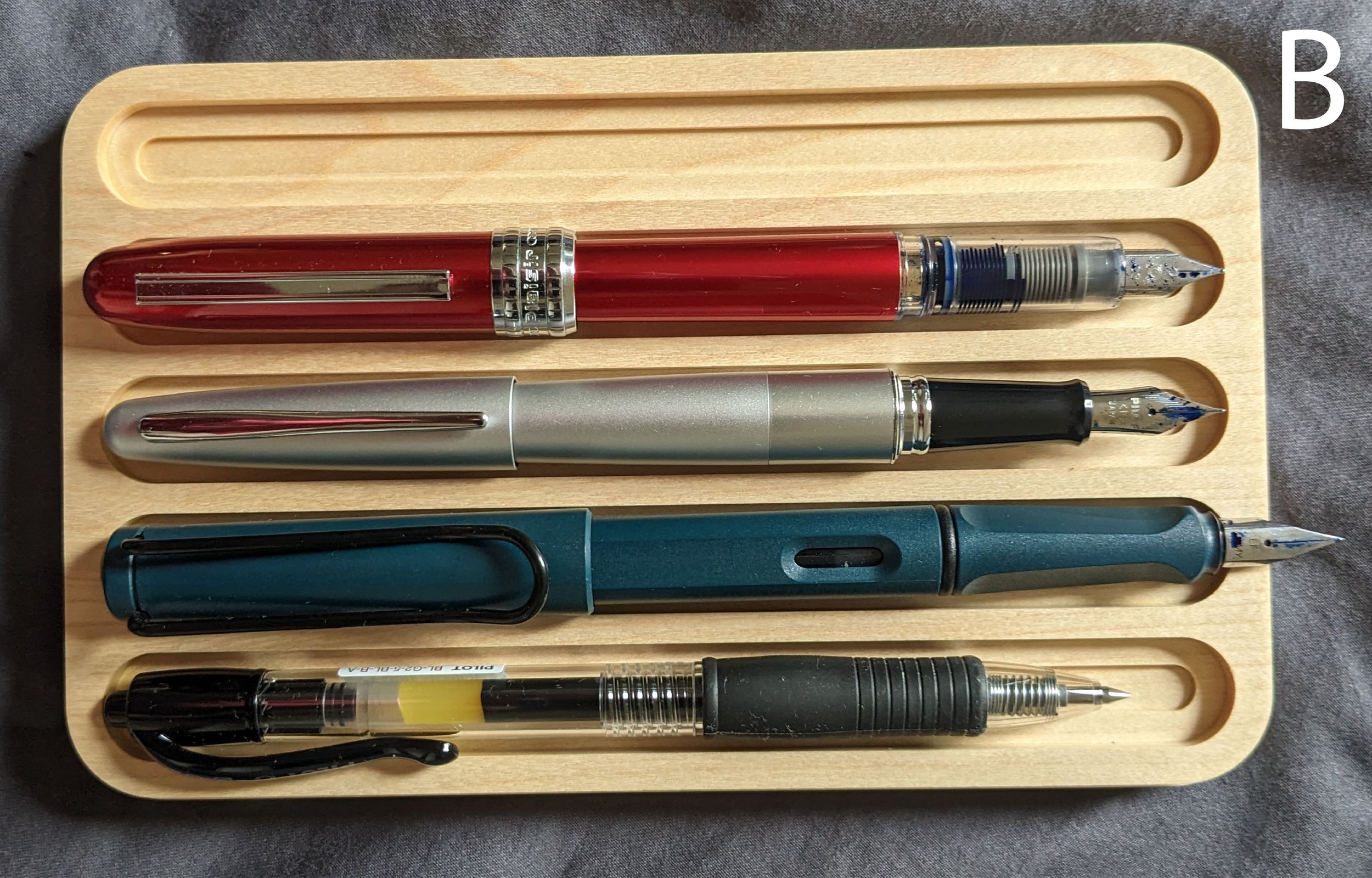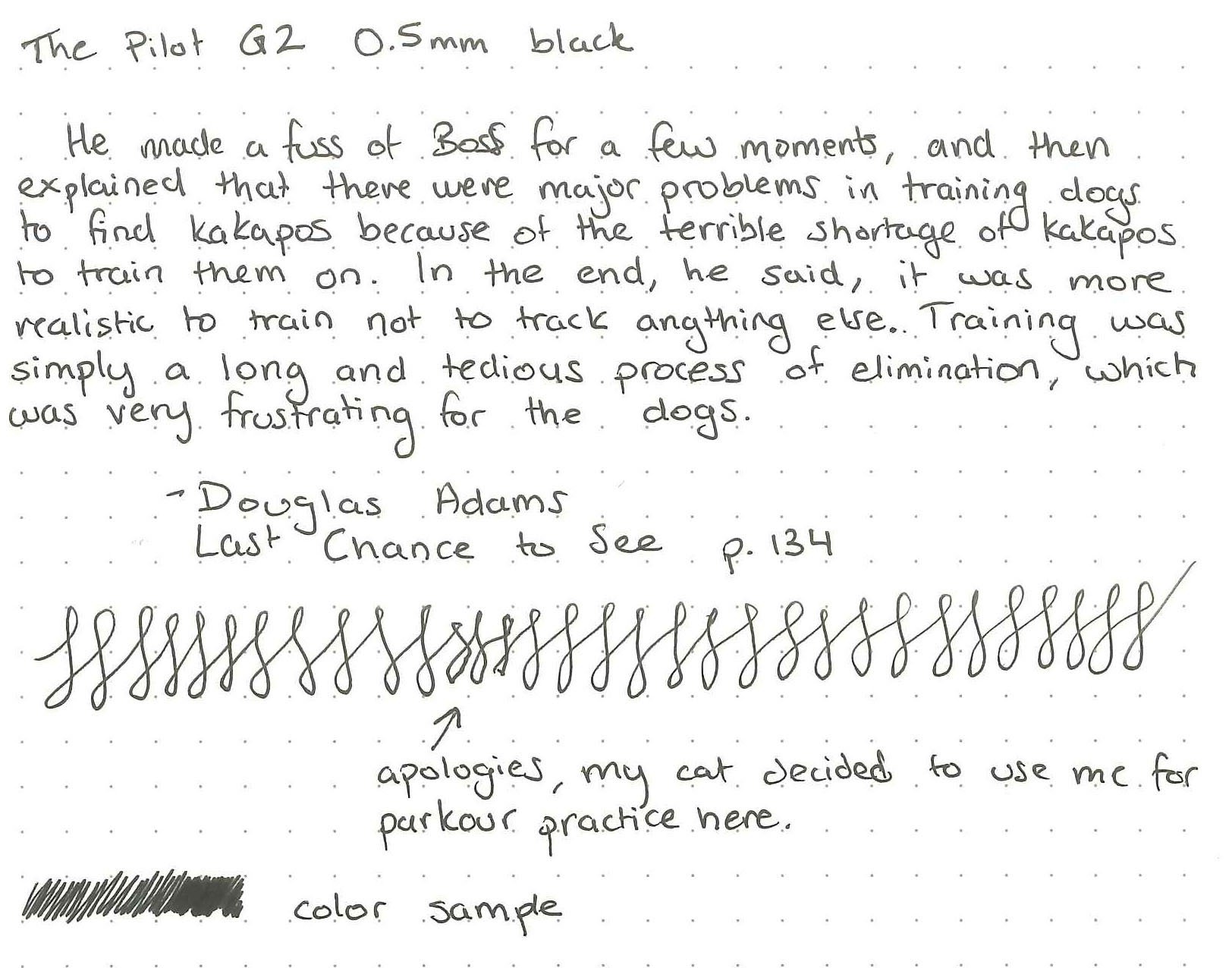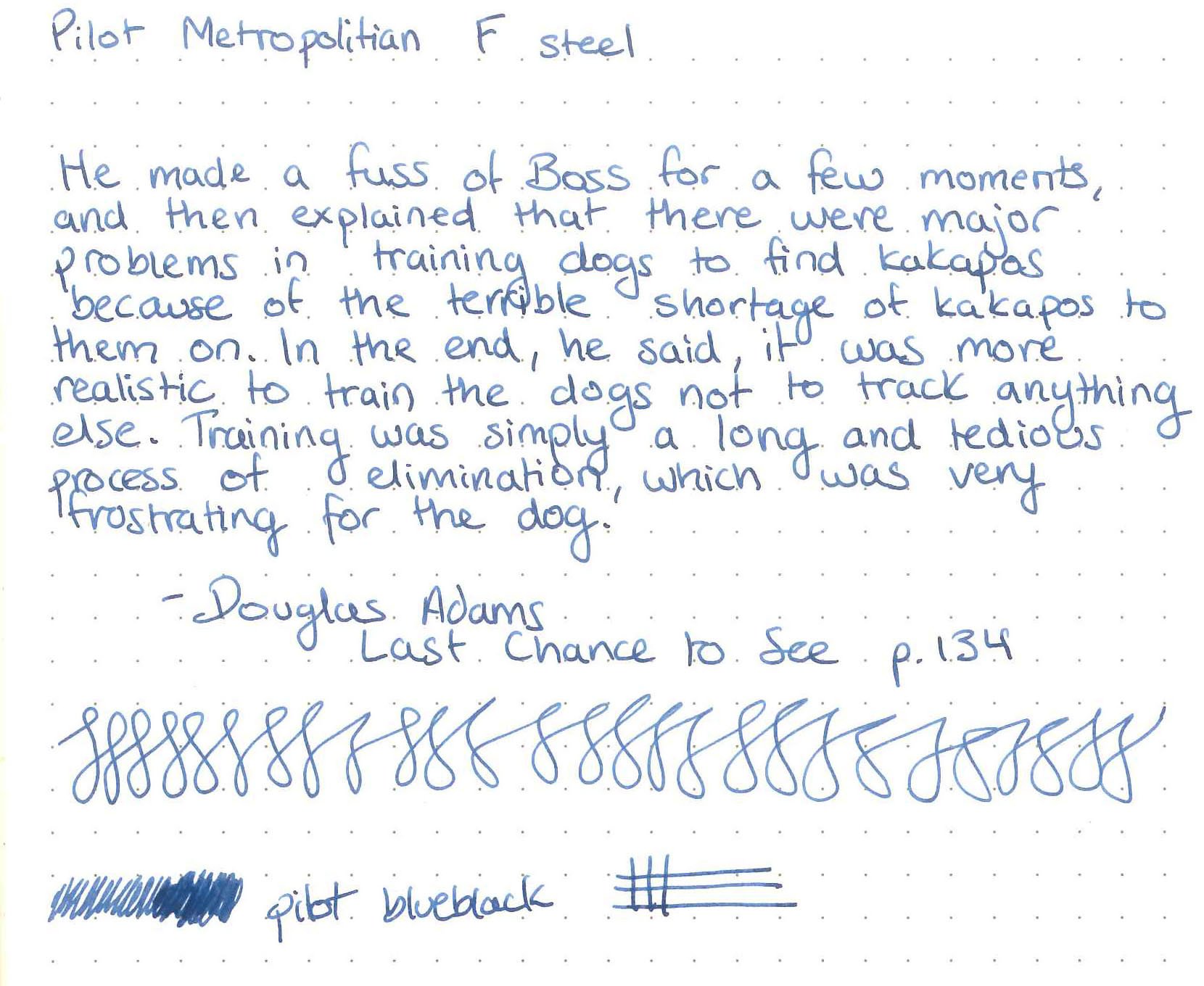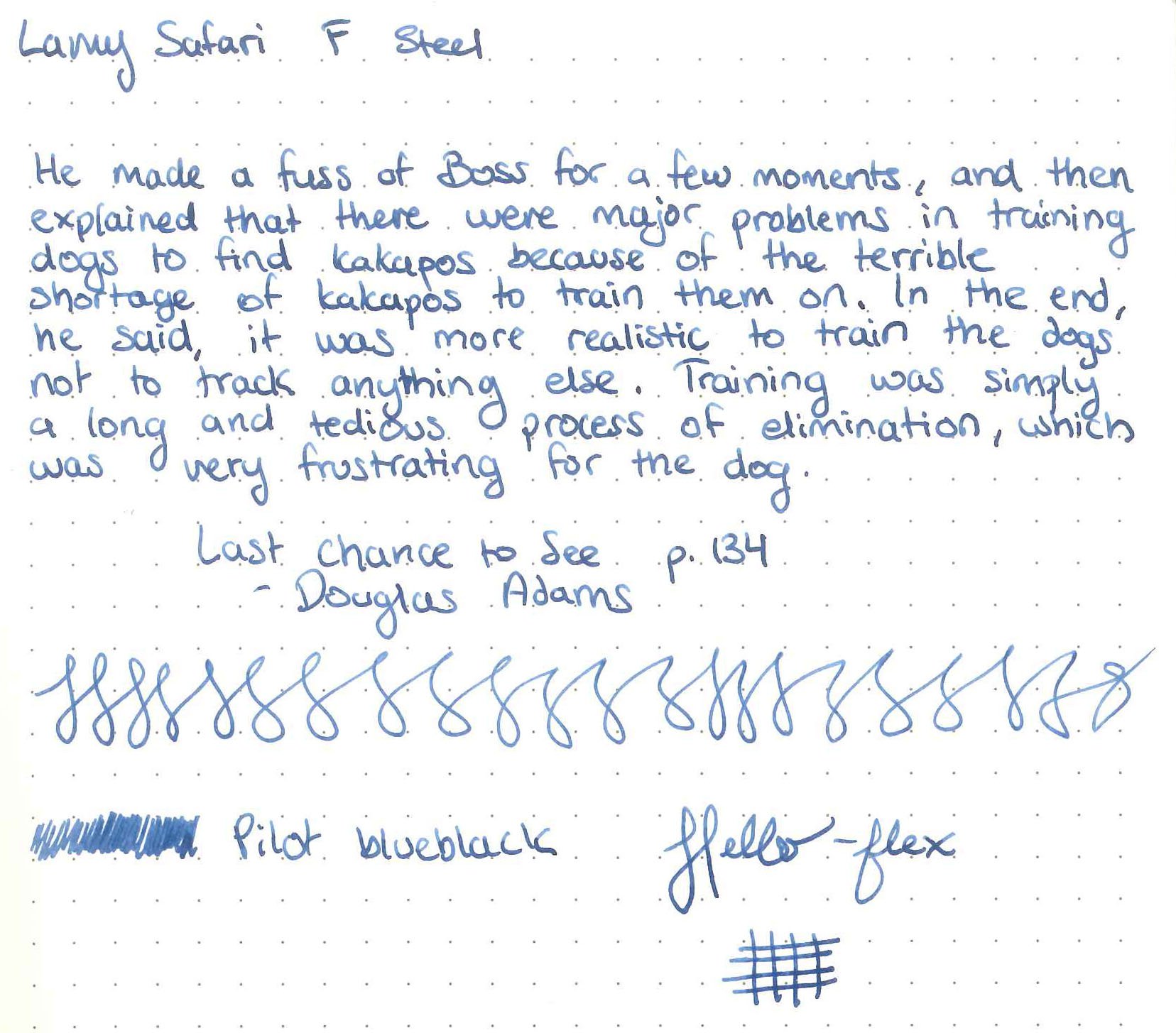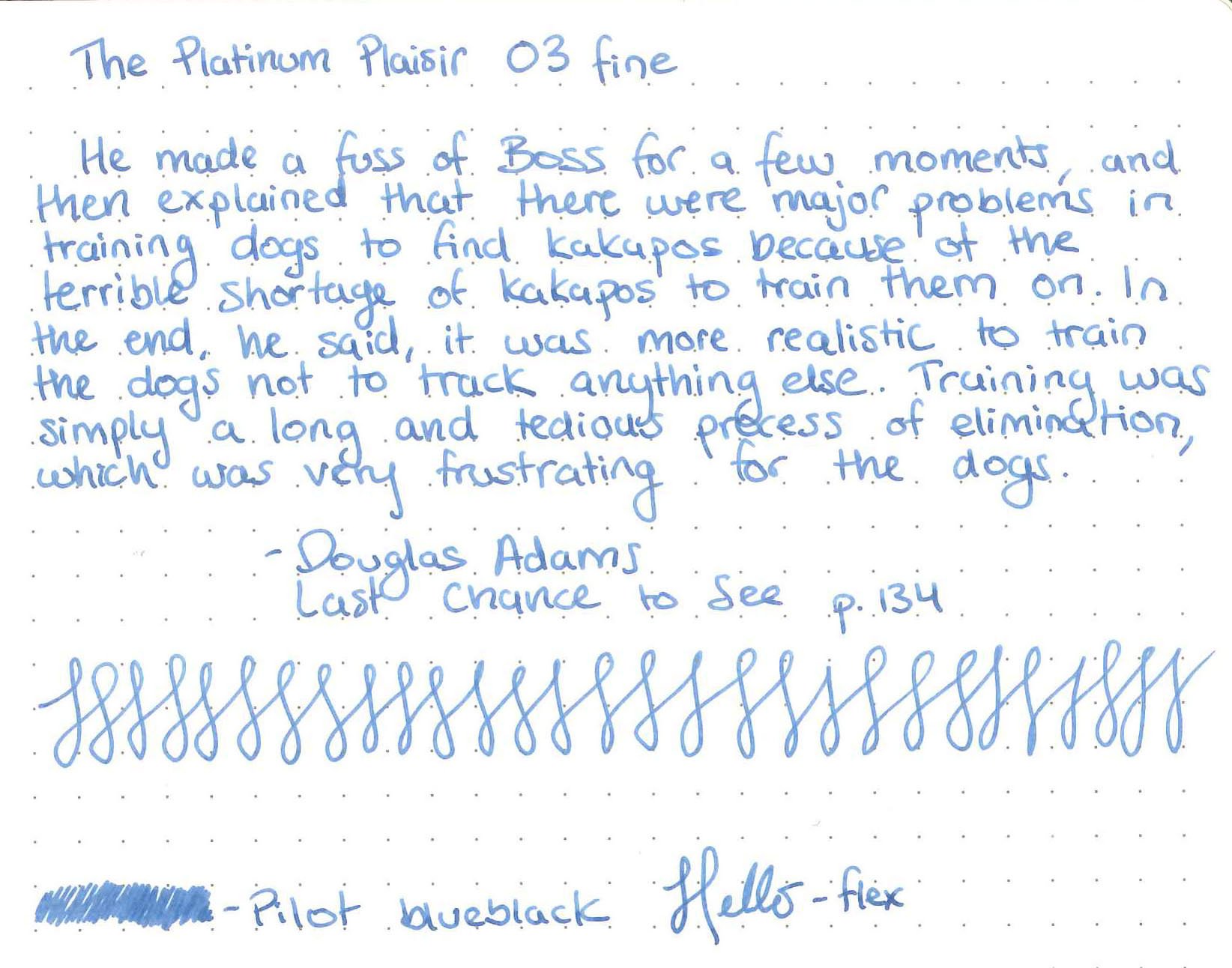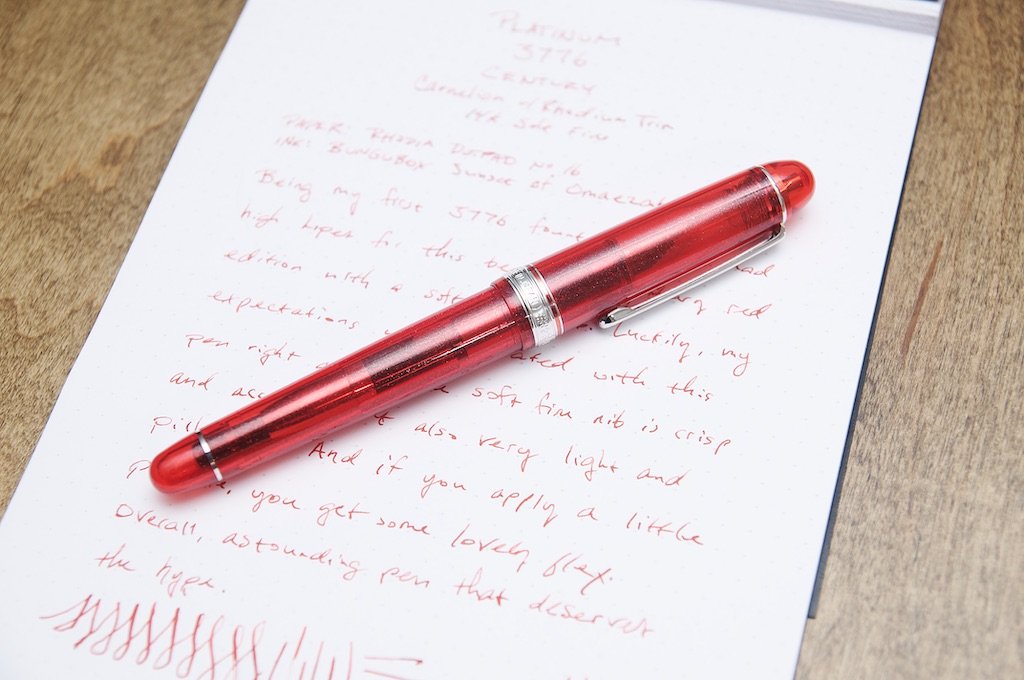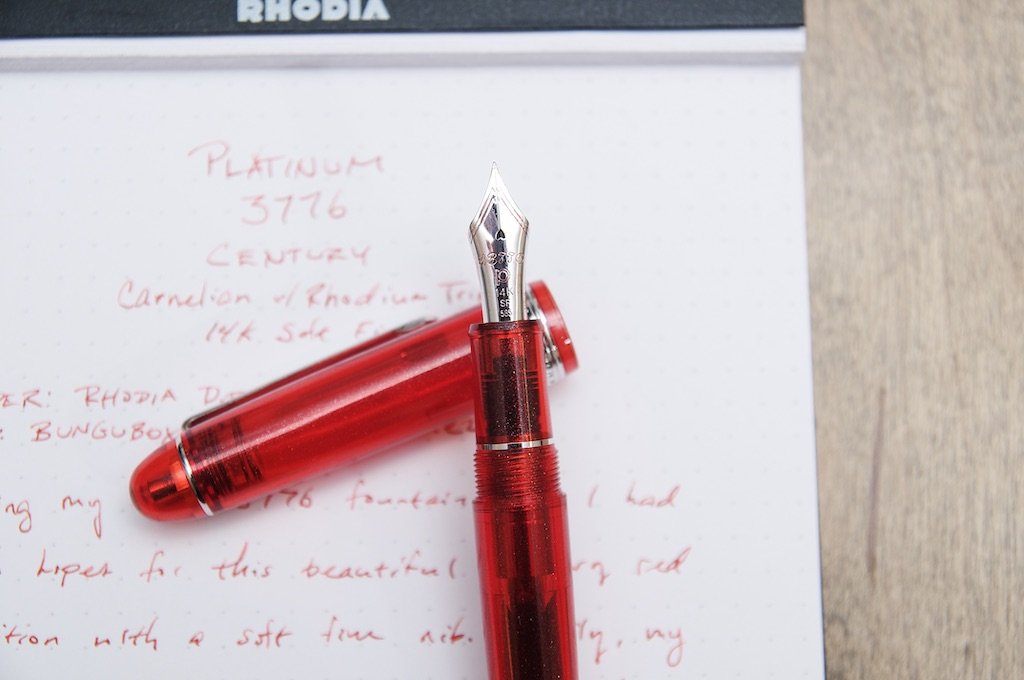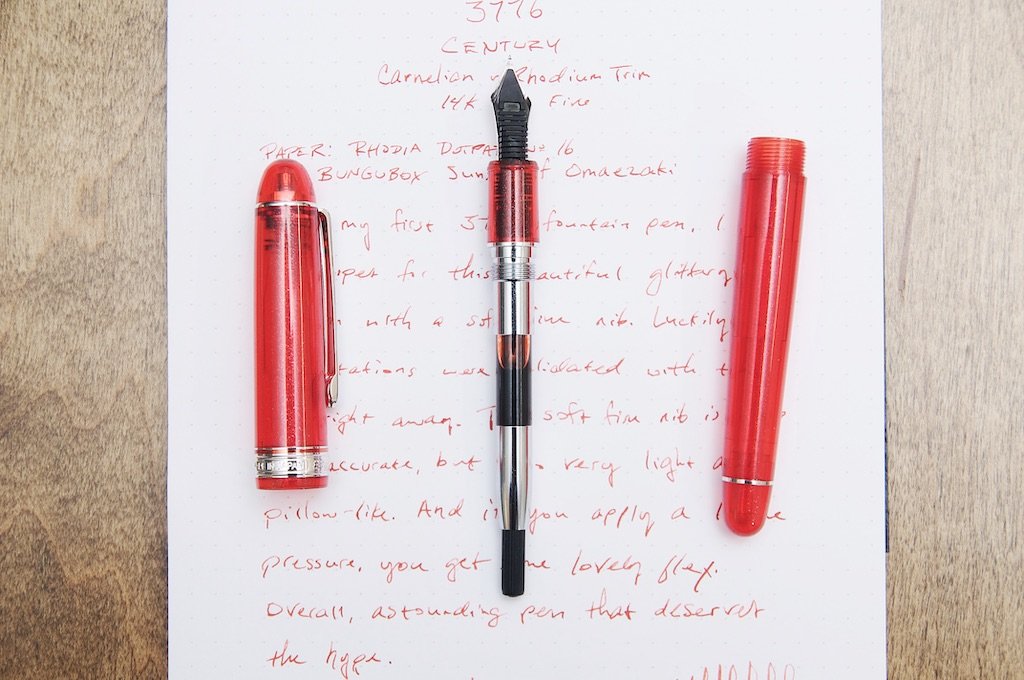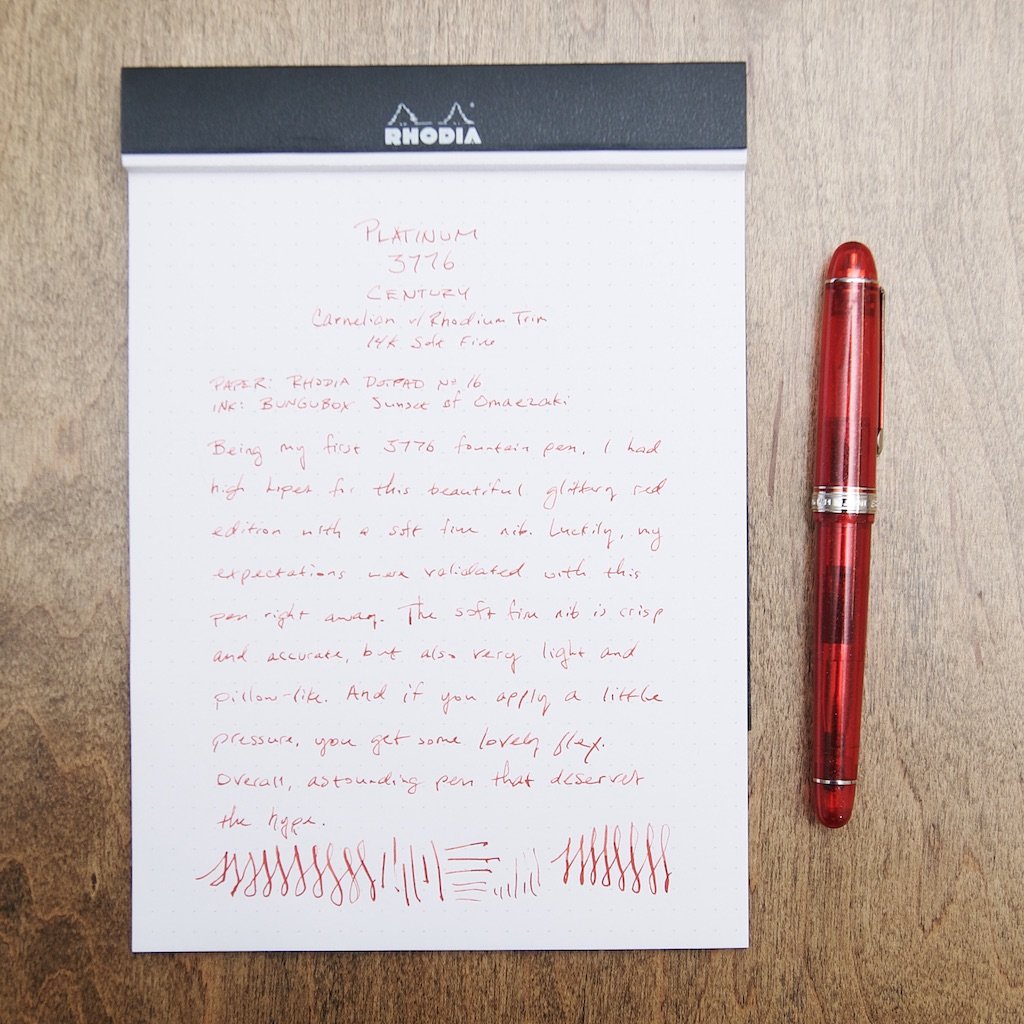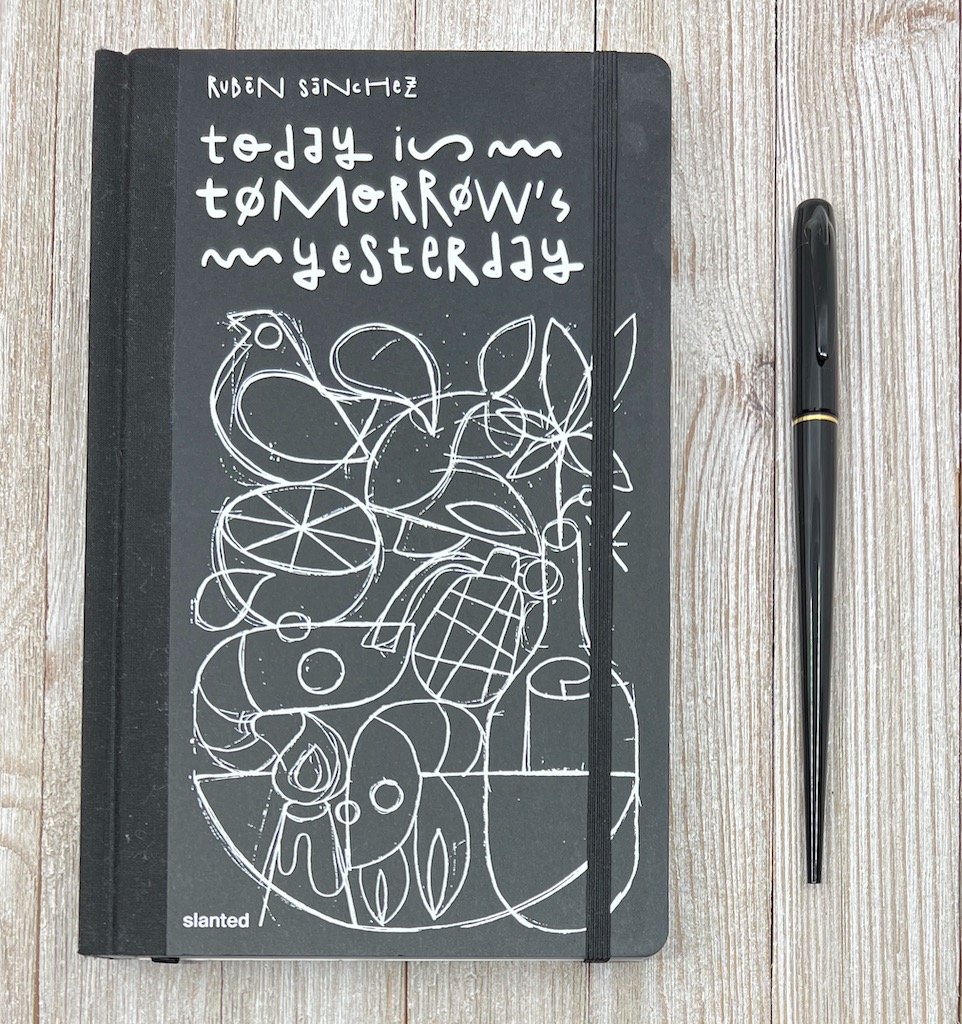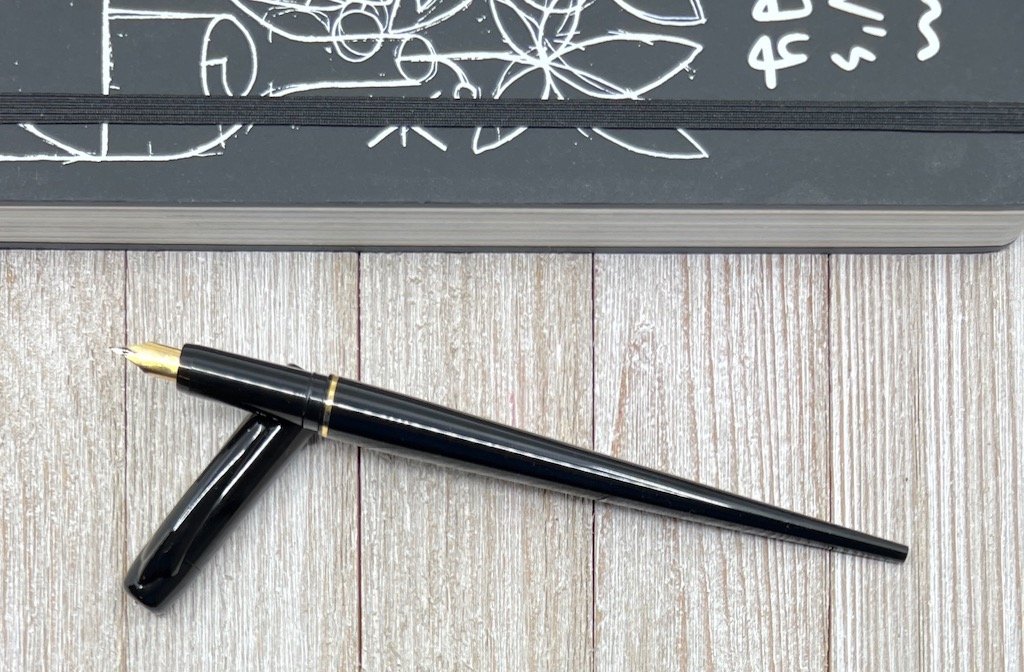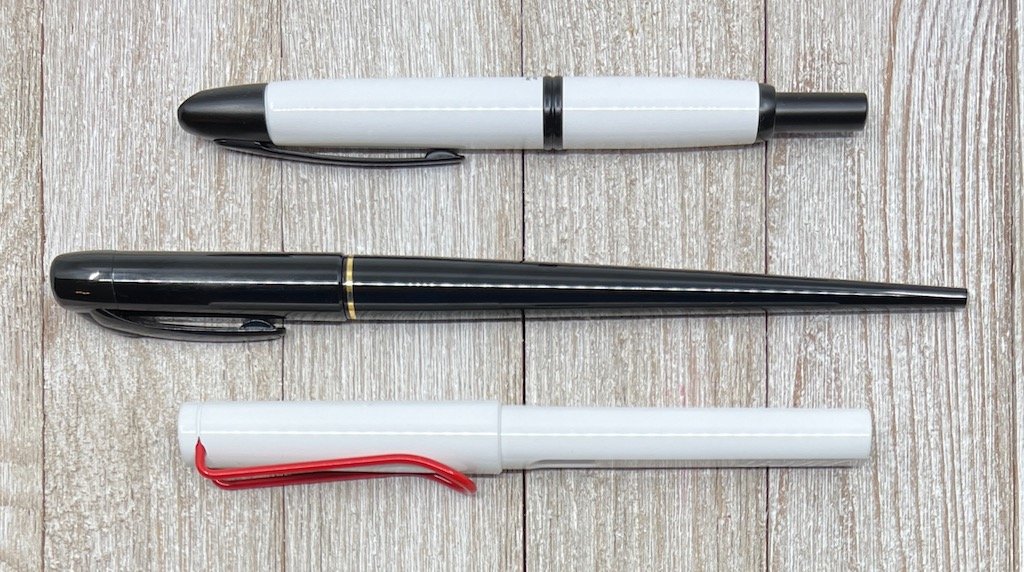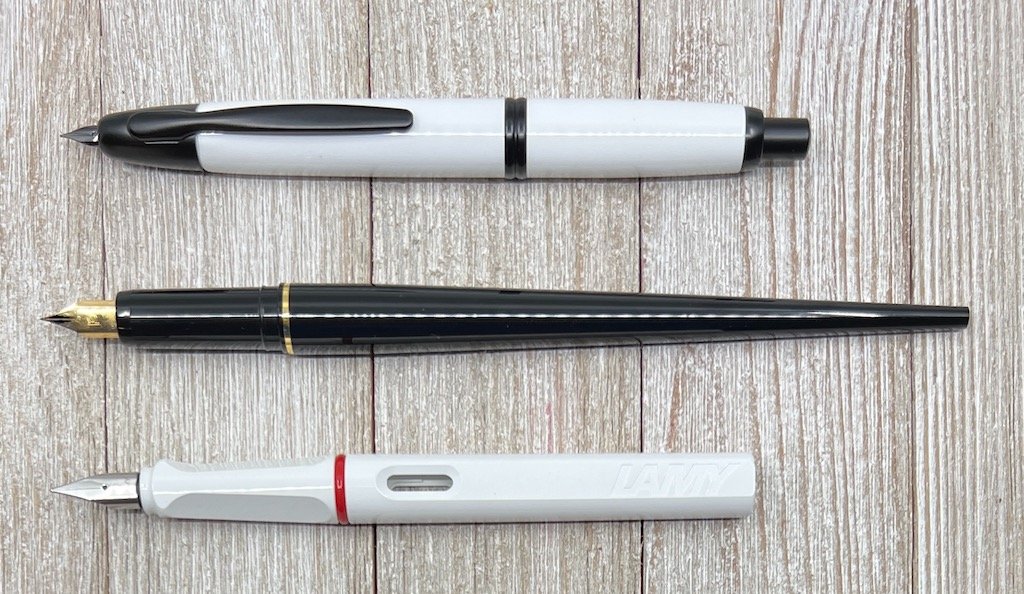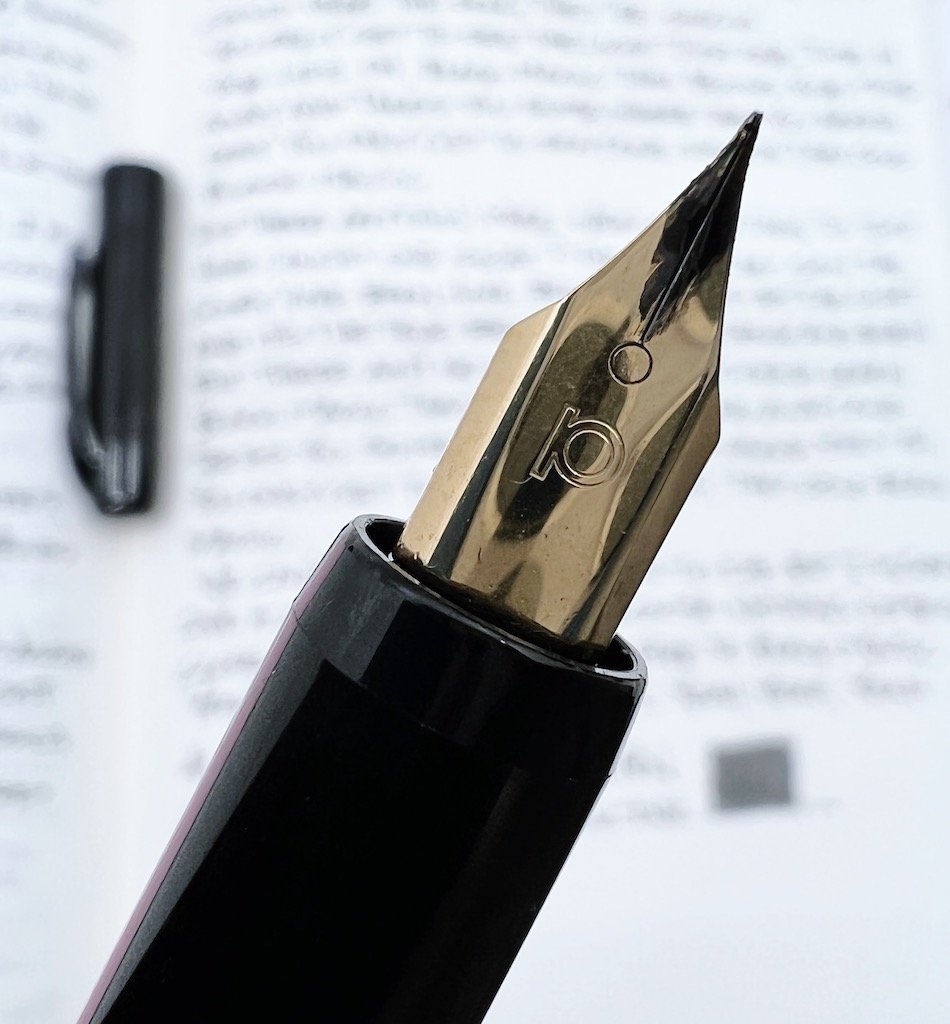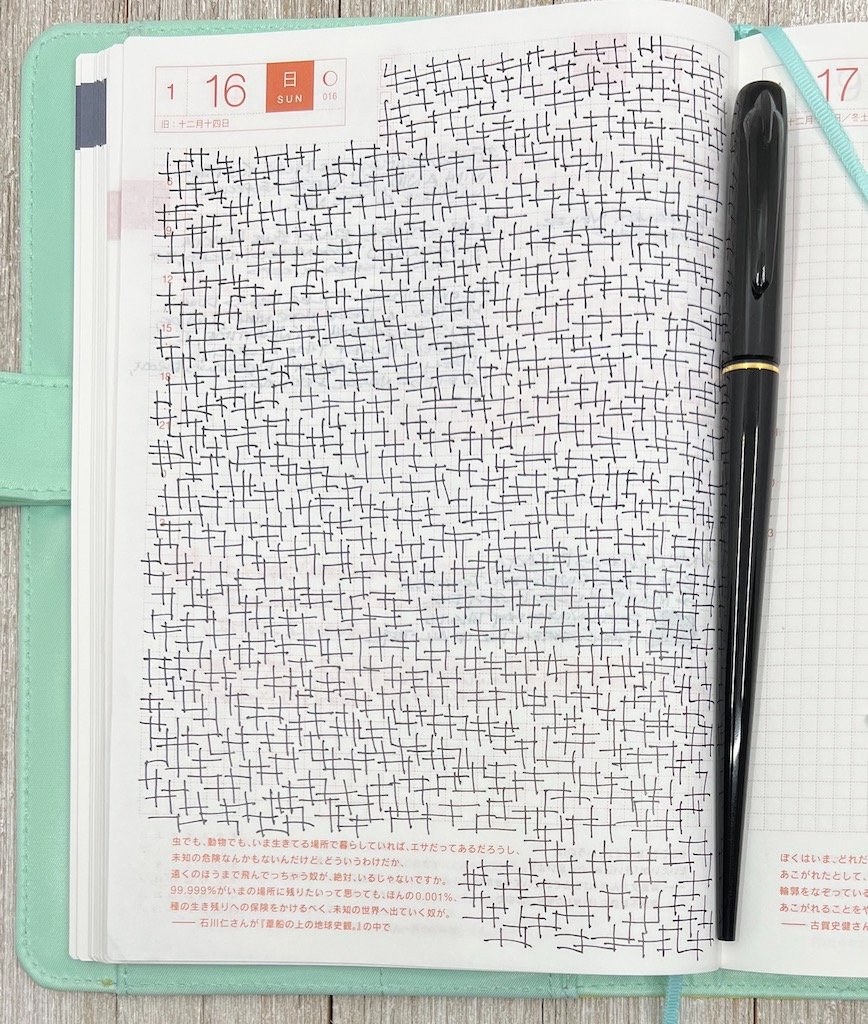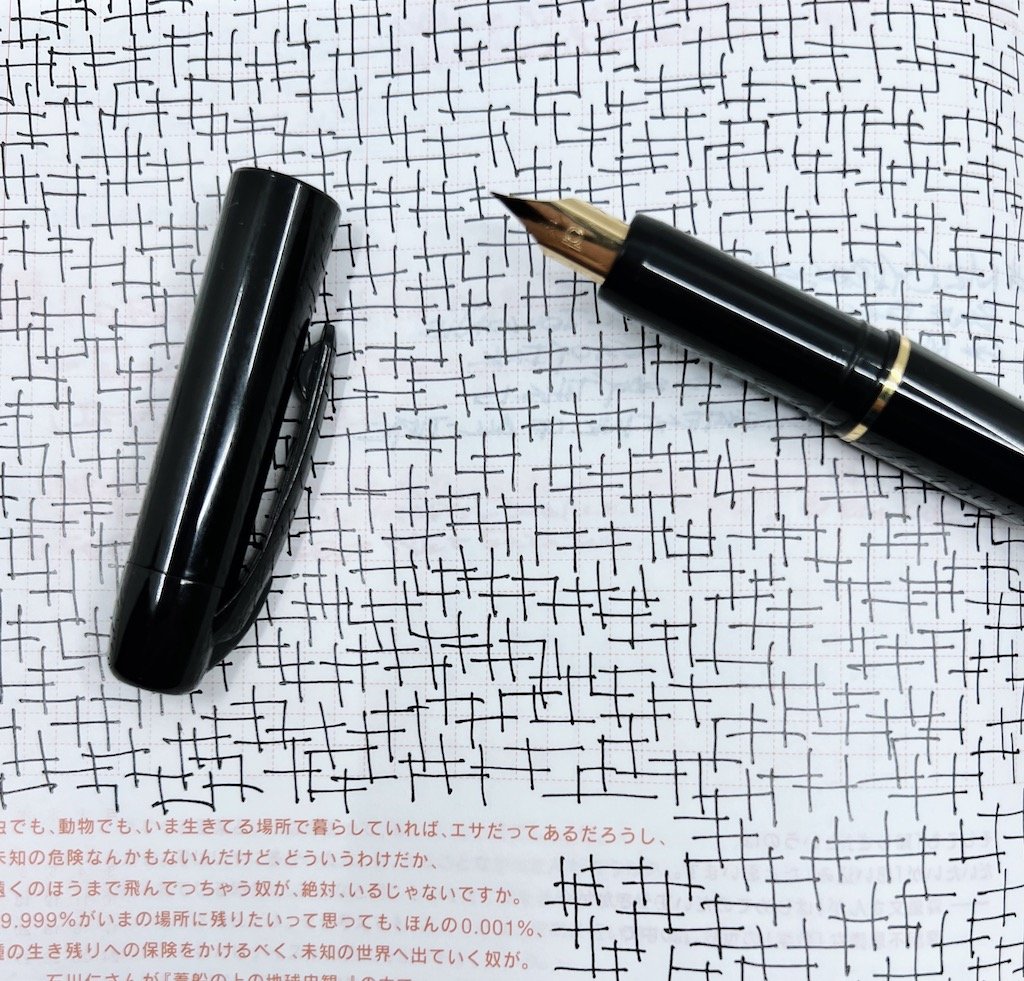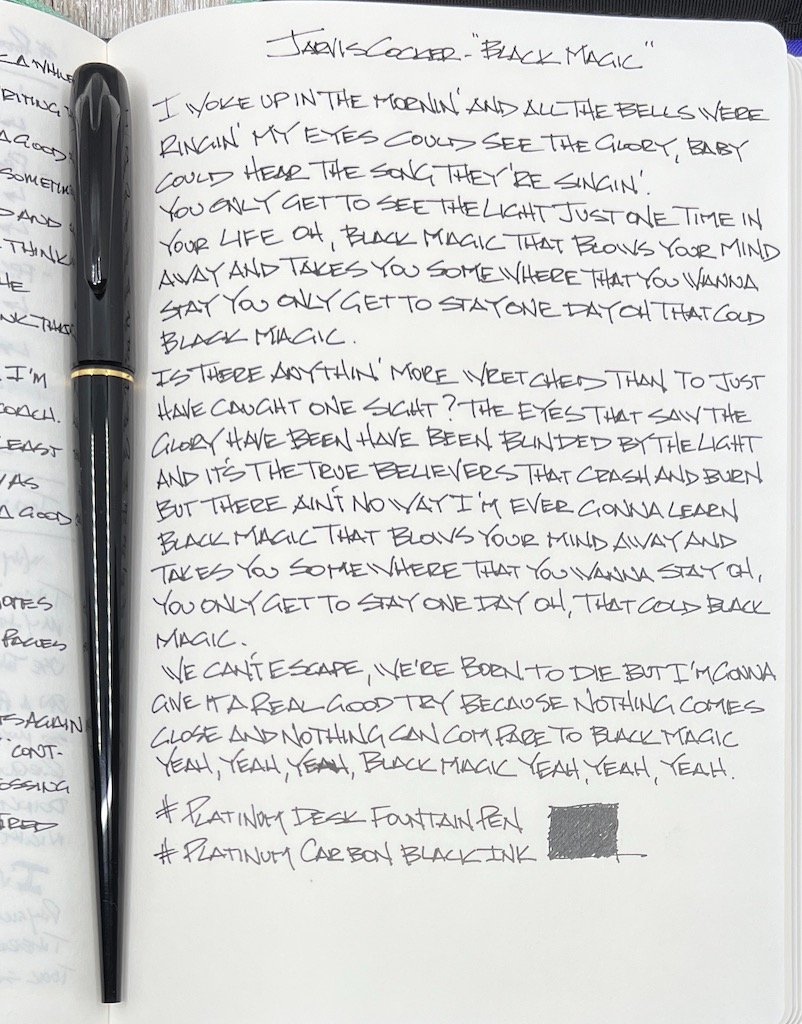(This is a guest Post from Sam Alpert. Sam is a geologist, gamer, and general lover of all things with good, clean design that will last a lifetime.)
ABSTRACT
I have compared a number of properties, both quantifiable and subjective, across three of the most widely-recommended beginner fountain pens: the Pilot Metropolitan, Lamy Safari, and Platinum Plaisir. Based on my findings I have determined that the Pilot Metropolitan represents the best balance across all compared categories and is therefore the best beginner fountain pen.
PREFACE
I am assuming that the person purchasing this pen wants to use their own ink, and will therefore also need a converter. For those looking to get the highest ease of use a cartridge is significantly easier, but it also limits you to the inks available in them. To me this defeats one of the biggest reasons to switch to a fountain pen: being able to choose almost any ink color imaginable. I am also assuming that the person purchasing this pen is not prone to losing their possessions and is willing to make some sacrifices in terms of ease of use in order to switch to a fountain pen. If you are not, then stop reading now. You may as well stick with ballpoint or rollerball pens. There are many phenomenal options out there for upgrades from the basic Pilot G2 and this article does not cover them.
BACKGROUND
My name is Sam. I'm a PhD candidate studying meteorites at the American Museum of Natural History. I've always been very pedantic with a tendency to nit-pick my possessions. I like things to last while serving their purpose as cleanly and effectively as possible. I've loved pens ever since I first saw my grandfather's Cross pen/pencil set he kept on his desk. I like simple, classic designs; I prefer my writing utensils to only serve one purpose at a time. I wouldn’t attempt to use a fountain pen (FP) to write lab notes (though I have at least tried). Likewise, I see no better utensil to write notes on talks, papers, and to-do lists than a FP.
Disclaimer: this article does not describe how to use a fountain pen, or what each individual part of a fountain pen is. Such information is not in debate and there are numerous resources online that will provide this background. The goal of this article is to help answer the most basic question one is left with after researching FPs and deciding to take the plunge and buy a first one: which is the best?
The primary reason for writing this article was the lack of inter-comparisons across the internet. Most reviewers do not put pens head to head. Instead they review one pen at a time, and while they may have a rudimentary formula for how their review is conducted, a comprehensive series of quantifiable and subjective criterion is often lacking, instead opting for soft (non-quantifiable) comparisons to a single property of a single similar (or dissimilar) FP. For example, The Pen Addict’s review of the Metropolitan contains only a single mention of the Safari as his preferred entry level fountain pen, with the given reason as it having more barrel options (6). The article doesn’t discuss things like the ink capacity of the FP, a feature which may be more important to some than barrel options. In addition the article, which was published in 2013, doesn’t line up with the current recommendations on his “Top 5 Fountain Pens for Beginners” list (7).
This lack of continuity across even a single reviewer is not unsurprising. Changes in taste and shifts in the market play a huge role in the opinions a reviewer might hold. Additionally, most reviewers do not all start by reviewing the most popular, or most entry level FPs before moving on. The process of reviewing pens this way is organic, but lacks a rigorous baseline from which to compare reviews against one another.
Broadening the spectrum to other reviewers we find that searching for “the best beginner fountain pen” also results in a wide range of opinions, most of which do not agree. The Pilot Metropolitan, Platinum Preppy, LAMY Safari, TWSBI Eco, and Kaweco Sport all appear repeatedly in lists online (1, 2, 3, 4, 5, others). Less commonly mentioned are pens like the Platinum Plaisir, Diplomat Magnum, and a variety of pens by Jinhao (2, 5). Browsing forums like Reddit or Fountain Pen Network will give similar results. These recommendations range in their level of detail from simple filters on a retailer’s website (5) to full guides with extensive reviews of each individual pen in separate articles linked from the body of the guide (1). Each of these reviews still lack methodology or criterion that are shared across each pen. Even in cases where pens are compared to each other, there is little consistency in what aspect of each pen is being compared. For example, a review might state that the Safari is lighter than the Metropolitan, and therefore more comfortable for long writing sessions. However, when comparing the Plaisir to the Metropolitan weight is not referenced at all, and instead the review focuses on how wet or dry the nibs are relative to each other. The lack of consistency fails in the primary objective of assisting a reader in determining which pen to buy. As an additional example, were one only concerned with ink capacity and price then neither of the aforementioned comparisons would help in the decision making process. While reading multiple reviews is always the best method to get the broadest view of any topic, the lack of salient points to compare across those reviews makes developing a consistent opinion impossible.
This article seeks to address this lack of baseline by using the same methods to compare each pen under review. Thereby providing the reader with all the information necessary to make their own comparisons or conclusion as to which pen they would prefer. This also allows the reader to compare this article to articles from other sources no matter what points those reviews chose to cover.
METHODS
Each pen will be compared based on its specific characteristics: materials, price, filling mechanisms, available options (colors and nib sizes), weight, length, grip diameter, and grip style. Pens will be subjected to 1 week of real world use. During this time the pen will be carried unprotected in my daily bag (either in the pouch on the front of the laptop sleeve of a Timbuktu messenger bag or the top zipper compartment of my Osprey Stratos 24 backpack) along with a few other EDC items (varies depending on the day). This is intended to test the durability of the finish of the pen and its reliability when used afterwards. For the entire week this will be the only fountain pen I use. I will also carry the pen in my pants pocket for 1 day of the week while at work to provide an added level of stress testing.
Pens will also be put through a series of tests under controlled conditions. This will include: a standard writing test (same passage will be used for all pens) in a Leuchtturm1917 Notebook Classic, a short writing test (sample sentence and some line tests) in a generic Staples brand notepad, and a test consisting of 5 drops from desk height onto my office floor (carpet tile over concrete) to simulate accidents that may occur during daily use. For all writing test pens will use the same ink: Pilot Blue Black. This ink was chosen for being relatively inexpensive per mL, acceptable dry time (<20 s), good performance (not too dry, not too wet), ease of cleaning, high quality (relatively resistant to developing mold), and good color (subjective but I just couldn’t bring myself to do this with black ink, sorry, not sorry).
Each pen will also be evaluated based on a series of additional subjective points. This will include: writing feel (how smooth the nib is, how much feedback the nib has, how comfortable the pen is while writing), ease of maintenance, ease of carry, and aesthetics.
RESULTS
Physical Characteristics
The physical characteristics of each pen are listed in Table 1. This information was gathered from a combination of my own measurements in the case of the length, weight when full, minimum/maximum section diameter, and drop test. The ink capacity of the converters, and prices were sourced from JetPens.com.
Table 1 - Physical characteristics of pens
Because of the “ergonomic grip” design, a diameter is not relevant here.
Figure 1 - A) pens capped top to bottom: Plaisir, Metropolitan, Safari, G2.
B) pens uncapped same order as in A.
Writing
The Metropolitan performed the best in terms of overall smoothness of the nib, there was no feedback or snagging in the F nib I received even while writing on lower quality papers (such as basic Staples brand notepads). The flow was generous without being too wet that it began to pool while writing normally. The Safari is the second smoothest, having some feedback but never felt scratchy or untuned. It had a good flow to keep up with the slightly wider European-style F nib that was less wet than the Metropolitan but never felt dry. On lower quality paper the lower flow combined with the blueblack ink created a slightly lighter overall effect to the writing which was nevertheless still dark enough to be considered professional. The Plaisir had the highest feedback, feeling almost pencil-like in its scratchiness. On lower quality paper it was beginning to feel like it was dragging into the paper and could have resulted in tears if not writing on a hard surface. The flow was also very dry. Even on high quality (Kokuyo) paper the difference is noticeable when compared to the other two pens. In the writing samples below the Plaisir has significantly lighter coloration to the same ink when writing on Leuchtturm paper.
The grip section of the Metropolitan is small but works well, with the flare at the nib acting to prevent sliding forward despite the slickness of the plastic material. The grip of the Safaris is both textured to prevent moving, as well as contoured to effectively lock you into a single writing position. The grip of the Plaisir is not textured and not flared, as a result I experienced some sliding over the end of it while writing for extended periods of time.
During writing I found that the weight of the cap was too great to use posted for the Metropolitan. The length of the cap moves the weight of the Safari too far back and also makes it less effective when writing with it posted. Comparatively, the Plaisir being both light and relatively compact means that writing posted is preferred.
Maintenance
All three pens are relatively low maintenance requiring no special tools to clean them thoroughly. Because the Plaisir has the special seal inside its cap it will require less maintenance overall than the other pens if left for extended periods of time while filled. All 3 pens were left for 1 week without use with no issues and were able to write immediately after being picked back up. The CON-B converter which is included with the Metropolitan is the hardest to clean as it’s a simple squeeze action converter (like an eye-dropper) and therefore getting all the ink and cleaning water out can be tricky. If the CON-40 twist converter is purchased it makes cleaning without additional tools identical for all pens. Purchasing a blunt-tip syringe and a bulb syringe makes cleaning and maintenance for all base pens identical (both items will also drastically reduce the cleaning time required and are highly recommended in general). Additionally, a blunt-tip syringe could be used to fill the CON-B converter directly similar to how one would refill a cartridge. This improves the performance of the Metropolitan overall as it makes filling the converter fully possible thus giving it the largest capacity of all 3 pens.
Carry
The overall construction of the Safari is good, with rounded edges everywhere and tight threads keeping it together even when carried in the pocket. The additional security of the snap in converter is a nice bonus. The Metropolitan has an incredibly smooth construction, with even the edges of the clip seeing some form of rounding and smoothing. Despite the snap cap not feeling particularly strong, it holds up well when in the pocket and even during the drop test where it may have been expected to pop open. The Plaisir suffers from having sharp edges with the end of the clip being the most notable. In addition the threading on the one I received seemed to be slightly loose between the body and the grip section, resulting in the pen body beginning to unscrew both while carried in my pocket, and during the drop tests.
Aesthetics
This section is highly subjective. I only include it because I want to make it clear that I am not unaware of the effects of this on people’s decision-making. I believe that the range of colors in the Metropolitan and Safari lines (especially with the frequent special and limited editions offered for the Safari) give them an edge over the Plaisir. I also find the design language of the Metropolitan and Safari to be clear and well-executed whereas the Plaisir seems disjointed. The cap band on the Plaisir in particular seems out of place to me, being overly large compared to the width of the barrel, with excessive faceting causing it to be much brighter than the rest of the metallic coloration of the rest of the pen.
DISCUSSION
Taking all of the various factors into account I would generally recommend the Pilot Metropolitan to new pen enthusiasts based on its incredible writing experience in terms of both ink flow and smoothness, universally comfortable grip section, middle price point, excellent construction, solid selection of colors, and high ink capacity (when paired with its default CON-B converter and the additional purchase of a blunt-tip syringe). Even with the included purchase of a blunt-tip syringe ($2.50 on jetpens.com) the Metropolitan is cheaper than the Safari which must have its converter purchased separately.
The Safari would make a fantastic purchase for someone who is ok with a limited grip area, and wants the lightest possible writing experience. The fact that the Safari comes in the largest selection of colors is an advantage that it has over the other two pens, and if color is a high priority for you then I think this is a fantastic option.
I’m going to be slightly harsh here. The only reasons I can see to buy the Plaisir are its low relative price, and the fact that it can be left unused for extended periods of time. That being said, the other two pens also demonstrated their ability to be left for a week unused with no issues. So unless you plan to leave this pen for multiple weeks at a time, then this really isn’t an advantage. I acknowledge that the issues I experienced (body unscrewing, dryness, high feedback) could all be due to general QC, however given that I have experienced these same issues with other Plaisirs and never heard of them with the other two pens it is safe to assume that this is more normal than unusual. While it is possible to get a lemon from any company, it seems that Platinum has intentionally designed this pen to write on the dry side, and have feedback more similar to a pencil than a brush.
CONCLUSIONS
The best fountain pen
While this is hardly the only review of these pens, I believe that it represents the best objective head to head review of all three pens that I could achieve in a reasonable timeframe. The Pilot Metropolitan and the Lamy Safari are both clear winners, while the Plaisir had numerous issues that presented themselves under what I would consider normal use cases. Either of the two pens (Metropolitan and Safari) would make fantastic choices for someone looking to make their first foray into the world of fountain pens. Each pen presents a couple unique pros that makes picking one definitive best option hard, but the Metropolitan has the least specificity to its design and is therefore the easiest to recommend in a vacuum.
Future work
I intend to expand this article into a series where I review other entry-level fountain pens using the same methods and compare them back to these three. The next on the list are the: Diplomat Magnum, Kaweco Sport, TWSBI Eco, and Jinhao x82.
Bibliography:
1) JetPens “The Best Beginner Fountain Pens” (2023)
2) Gentleman’s Gazette “5 Best Inexpensive Fountain Pens For Beginners” (2018)
3) Robb Report (2022) “How to Use a Fountain Pen—and 5 Great Models to Get You Started”
4) The Pen Addict (2015) “The Beginner's Guide to Fountain Pens (By a True Beginner)”
5) Pen Chalet (accessed 2023) “Best Starter Fountain Pens”
6) The Pen Addict (2013) “Pilot Metropolitan Fountain Pen Review”
7) The Pen Addict (accessed 6 May 2023) “Top 5 Fountain Pens For Beginners”
Enjoy reading The Pen Addict? Then consider becoming a member to receive additional weekly content, giveaways, and discounts in The Pen Addict shop. Plus, you support me and the site directly, for which I am very grateful.
Membership starts at just $5/month, with a discounted annual option available. To find out more about membership click here and join us!



